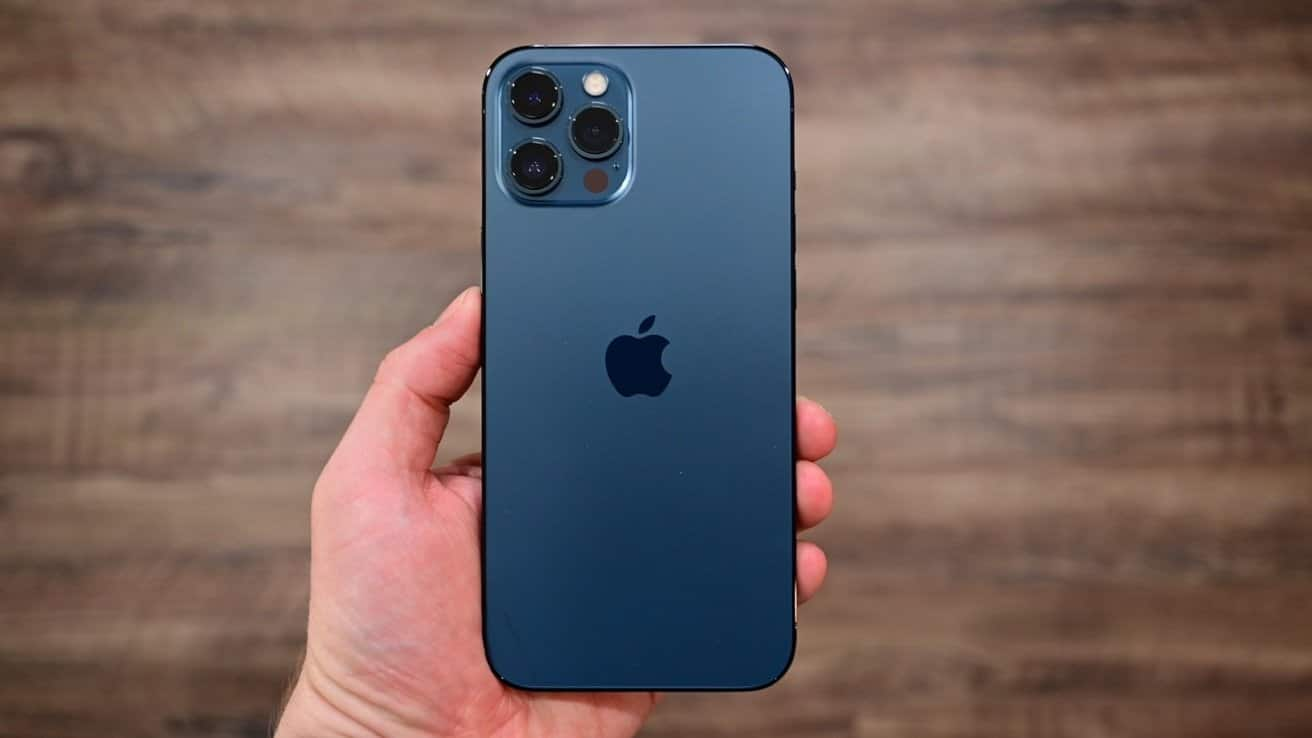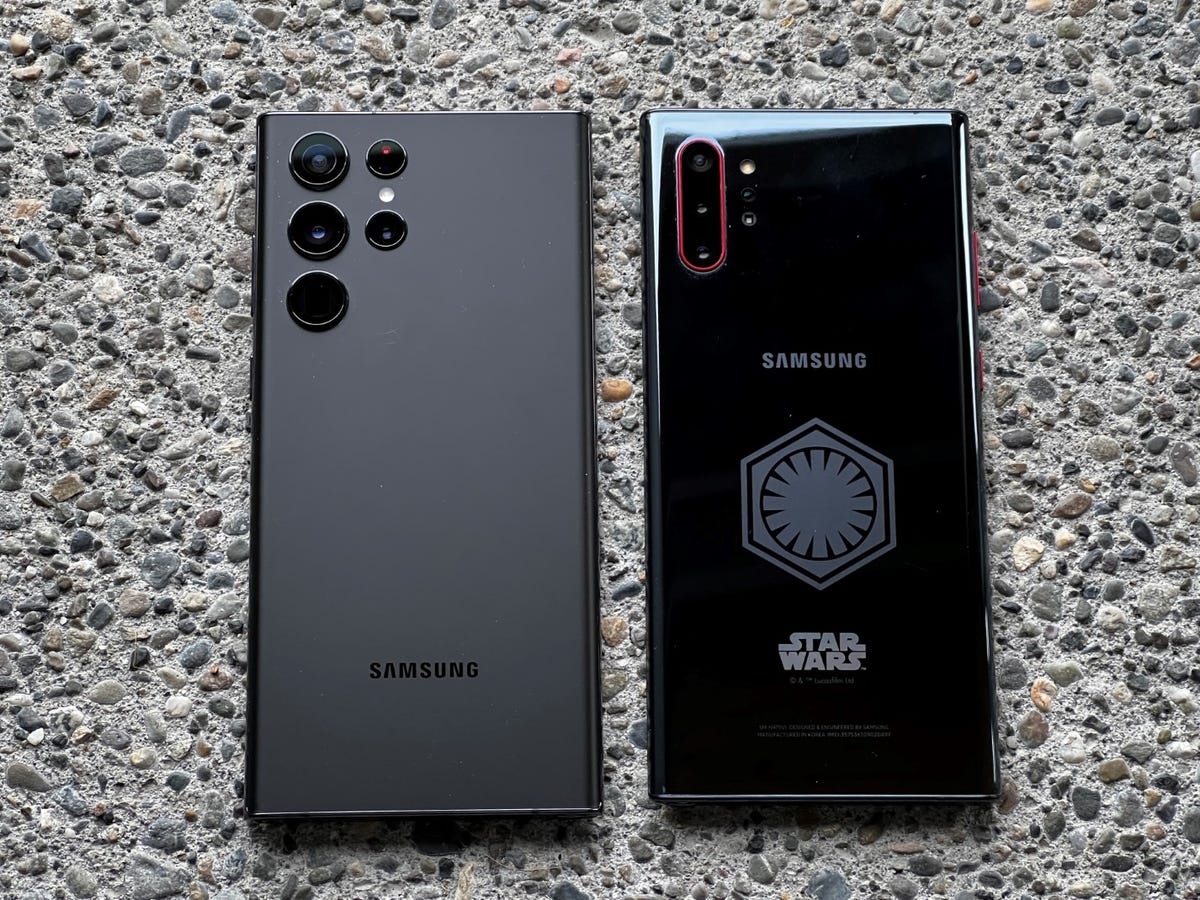В каталоге магазина в Москве представлен большой выбор одежды и снаряжения. [url=http://specodegdaoptom.ru/]магазин спецодежды рядом со мной[/url] Смотрите по ссылке -…

Choosing the greatest camera phone is not as straightforward as it may seem – we can’t just point to the newest Samsung Galaxy or iPhone and say ‘that one’. That’s because, although many phones are excellent for photography, various models have unique capabilities.
If you look at our list of the best Samsung phones, you’ll find models with fantastic hardware and some cool software modes, while our ranking of the best iPhones features handsets with incredible AI optimization, and if you’re looking for lenses and sensors that aren’t available anywhere else, our guide to the best Huawei phone is the best place to start.
That is, although various manufacturers place a premium on different aspects of the smartphone photography experience, our list of the best camera phones includes genuine top selections from a variety of different manufacturers.
iPhone 13 Pro / iPhone 13 Pro Max

SPECIFICATIONS
- Weight: 204g / 240g
- Dimensions: 146.7mm x 71.5mm x 7.7mm / 160.8mm x 78.1mm x 7.7mm
- OS: iOS 15
- Screen size: 6.1-inch / 6.7-inch
- Resolution: 1170 x 2532 / 1284 x 2778
- CPU: A15 Bionic
- RAM: 6GBStorage: 128GB/256GB/512GB/1TB
- Battery: 3,095mAh / 4,352mAh
- Rear camera: 12MP (wide) + 12MP (telephoto, 3x optical) + 12MP (ultrawide, 120-degree)
- Front camera: 12MP (wide)
The iPhone 13 Pro and 13 Pro Max both include a 12MP f/1.5 primary sensor with large 1.9m pixels, a 12MP f/1.8 ultra-wide sensor, and a 12MP f/2.8 telephoto sensor with 3x optical zoom. They both have the same cameras, and the primary difference is the screen size of the phone, which is why we combined them.
While they lack the lens count and optical zoom length of some of the other phones on our list, their performance is superb, and even without a dedicated macro lens, they are capable of shooting close-up photographs.
Our testing revealed that the iPhone 13 Pro and Pro Max excel at low light performance, which is something that iPhones are renowned for. However, regardless of the sort of photo you’re shooting for, the iPhone 13 Pro or Pro Max should be able to do it right.
Apple’s intelligent AI optimization is on full display here, with the company’s Deep Fusion algorithm employed to enhance your images to their full potential.
Samsung Galaxy S22 Ultra

- Release date: February 2022
- Weight: 228g
- Dimensions: 163.3 x 77.9 x 8.9mm
- OS: Android 12
- Screen size: 6.8-inch
- Resolution: 1440 x 3088
- CPU: Snapdragon 8 Gen 1 / Exynos 2200
- RAM: 8GB / 12GB
- Storage: 128GB/256GB/512GB/1TB
- Battery: 5,000mAh
- Rear camera: 108MP (wide) + 10MP (periscope, 10x optical) + 10MP (telephoto, 3x optical) + 12MP (ultrawide, 120-degree)
- Front camera: 40MP (wide)
The Samsung Galaxy S22 Ultra is a follow-up to the Galaxy S21 Ultra’s success. It comes with a plethora of lenses. There are two 10MP telephoto lenses included: one with an f/2.4 aperture and a 36-degree field of view (FOV), and another with an f/4.9 aperture with an 11-degree FOV. Additionally, there is a 12MP ultrawide camera with a 120-degree field of view and a 108MP regular wide camera (f/1.8) with an 85-degree field of view.
With four back cameras, not to mention the super-high-resolution front camera, the Galaxy S22 Ultra is the most versatile device on our list, allowing you to effortlessly switch between a broad field of vision and a super-zoomed-in one.
However, it is not only the lenses that contribute here; the software also contributes significantly. Samsung’s optical image stabilisation, digital image stabilisation, and picture processing have all been enhanced. This is especially noticeable when zooming in.
The optical zoom at 3x and 10x looks sturdy and provides crisp photos of distant objects, allowing you to close in on details with little pixelation. However, the 30x and 100x Space Zoom photos are genuinely remarkable in comparison to previous versions, and the iPhone above does not even come close to 100x.
Google Pixel 6 Pro

- Release date: October 2021
- Weight: 210g
- Dimensions: 163.9 x 75.9 x 8.9mm
- OS: Android 12
- Screen size: 6.71-inch
- Resolution: 1440 x 3120
- CPU: Google Tensor
- RAM: 12GB
- Storage: 128GB/256GB/512GB
- Battery: 5,003mAh
- Rear camera: 50MP (wide) + 48MP (telephoto, 4x optical) + 12MP (ultrawide, 114-degree)
- Front camera: 11.1MP (ultrawide)
Google has a history of providing outstanding photographic experiences on its phones, and the Google Pixel 6 Pro is no different. Indeed, both its hardware and software have experienced significant improvements since the Pixel 5, to the point where you should forget about its prior phones if you’re a camera enthusiast.
The phone has a 50MP f/1.9 primary sensor with 1.2m pixels, and throughout our testing, we discovered that it was capable of shooting exceptional photographs with high clarity and true-to-life colours.
This is supplemented with a 12MP f/2.2 ultra-wide camera with a 114-degree field of view and a 48MP f/3.5 telephoto camera with 4x optical zoom, all of which performed well in our testing, albeit not quite as well as the Samsung.
However, the Pixel 6 Pro has functionality that competing devices do not, like a Magic Eraser for removing undesired elements from images, Motion mode for long exposure shots, and Real Tone for more realistic capturing of the skin tones of persons of colour.
Huawei P50 Pro

- Release date: July 2021
- Weight: 195g
- Dimensions: 158.8 x 72.8 x 8.5mm
- OS: HarmonyOS 2.0
- Screen size: 6.6-inch
- CPU: Snapdragon 888 4G
- RAM: 8/12GB
- Storage: 128/256/512GB
- Battery: 4,360mAh
- Rear camera: 50MP (wide) + 13MP (ultrawide) + 40MP (monochrome) + 64MP (periscope, 3.5x optical)
- Front camera: 13MP (wide)
While Huawei’s phones may be hit or miss with general customers, they excel as photography phones, and the P50 Pro follows this trend.
The primary cameras on this phone are excellent, with the 50MP wide snapper collaborating with the 40MP black-and-white snapper to create stunning images regardless of whether you’re near or far from the subject, shooting in bright light or at night, or depending on AI optimization or not.
Additionally, there is a high-resolution zoom camera and a helpful ultrawide snapper to guarantee that you can capture a variety of diverse images with ease.
Video recording is up to 4K at 60 frames per second, a combination of quality and framerate that is not typically seen in phones, and you can even capture 4K video with some of the other lenses (apart from the primary lens).
This is an excellent camera phone – photographers will like it. As a daily mobile user, you may be frustrated by the lack of applications (due to the absence of Google’s Play Store), which may present an issue for those who rely on picture editing tools (though lots of options, including social media platforms, can be side-loaded).


